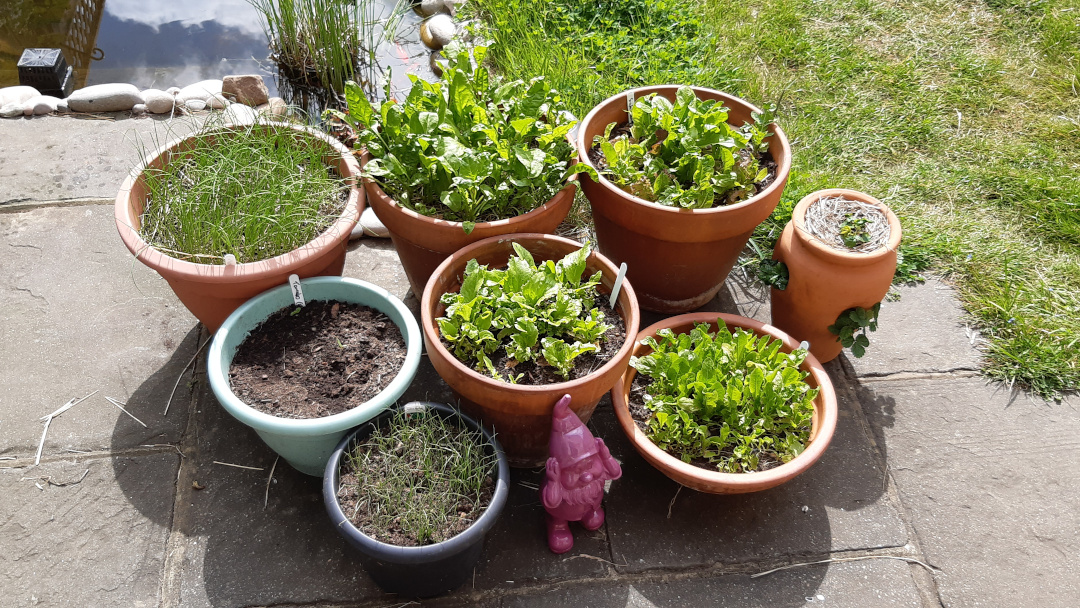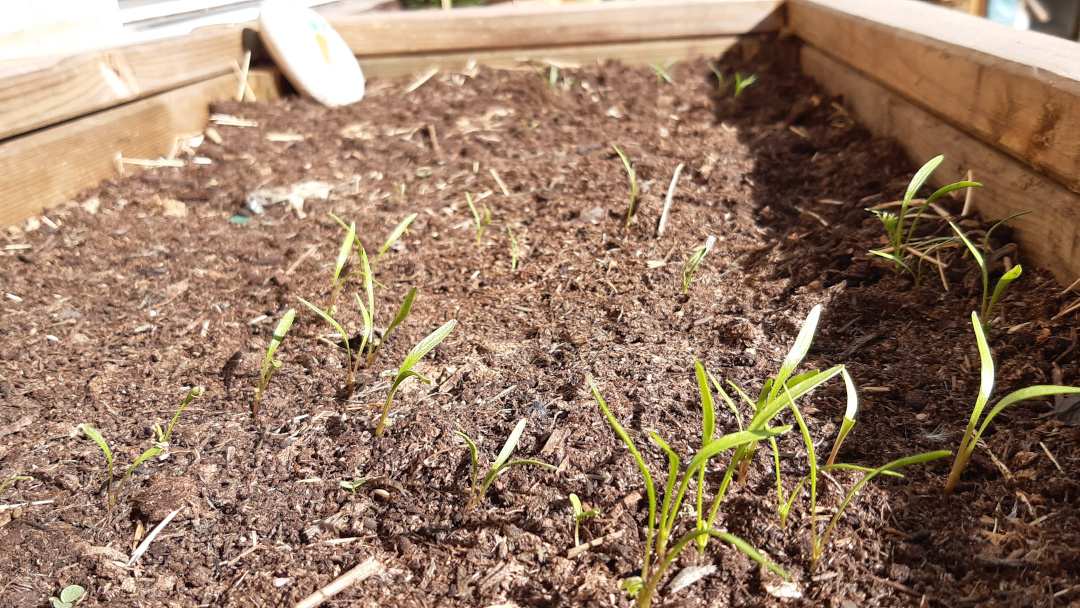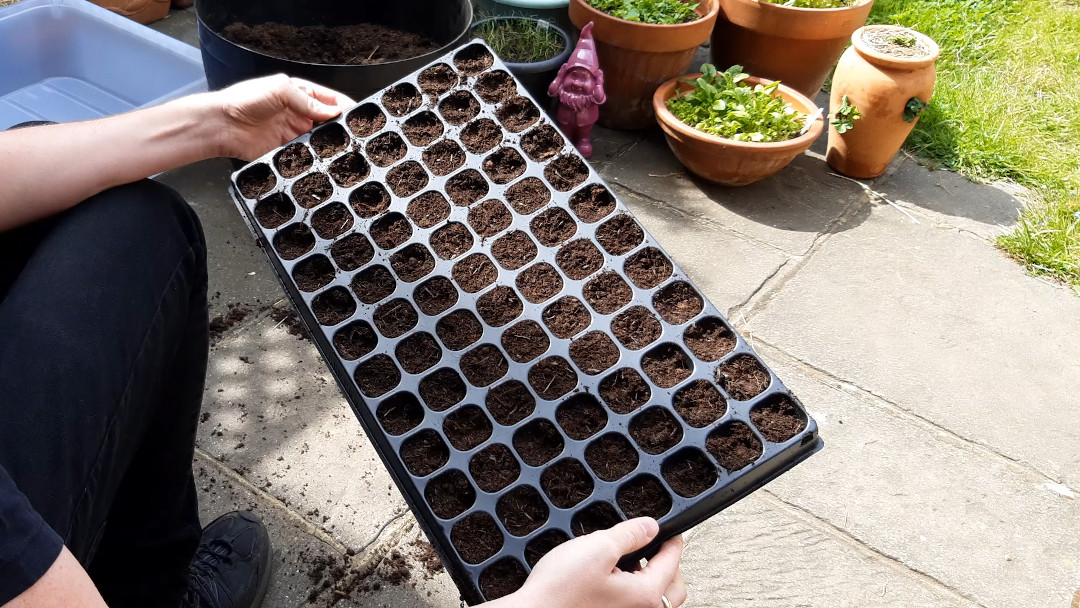Back to Basics
Soil
For a beginner, it’s not always clear what types of soil are used at which time. What is dirt, soil, compost, potting mix and topsoil anyway?
In this Back to Basics, I’m going to clarify and simplify soils, when you should use them and how to keep your soil healthy.

Types of soil
Topsoil:
Topsoil is a fancy word for regular soil, that has been sifted of stones. It’s often mixed with some organic matter, such as horse manure, to add nutrients. It’s dense and compact, making it ideal base for growing plants.
Compost:
Compost on the other hand is broken down organic matter. Think of a walk in the woods… sitting on the topsoil is a layer of organic matter crunching under your feet. This would be leaves, twigs, dead bugs, animal poo etc.
Commercially, this is likely on being grass, animal manure and other green waste, gathered up, left to break down and packed into bags as compost.
It’s light and fluffy but holds a huge amount of nutrients. This is food for the soil.

You can make your own compost easily by gathering up waste organic matter from your garden, kitchen or allotment. Put it in a black bag, add a handful of soil and put in a warm corner. Turn it over every few weeks, to add air, and in 6 to 12 months time you’ll have your own home-made compost.
What we don’t eat, we give to the guinea pigs. What they won’t eat goes in the composter.
Potting soil:
The name can be a little deceptive because it doesn’t usually include any soil. It’s often a “safe” mixture of bark, coir (coconut fibres), peat, and man-made granules. This holds very little nutrients but is designed to hold the right amount of water and doesn’t include anything which could damage seedlings.
Mulch
I know it’s not a soil but it’s worth noting that a mulch is not a product but a descriptive term. For example: straw, hay, compost, newspaper and wood chips can all be called “mulches” because it’s the usage that’s important in this case, not the contents. Find out more about mulching here.
Uses
Hopefully, knowing what the different soil types are gives you a better idea of where they would be applied. I’ve provided some examples below.
For pots
Plants in pots only have access to the nutrients that they are planted with, or that you add later.

Depending on what you’re planting, it could live in it’s new home for many years. With this in mind, you want to provide the plant with a soil which is high in nutrients. It’s also important to ensure it can hold on to as much water as possible, as the soil in pots dries out quicker than other growing areas.
I would recommend using a 1:1 mixture of topsoil and all-purpose or home-made compost. This will be both high in plant food and water retention.
For raised beds
If you’re filling up a raised bed, bulk should be your main priority. The important part of your bed is the top 20% -> 25%.

Therefore you want to be filling it with topsoil, with the top few inches being compost. Bulk topsoil can easily be found online and it’s already been cleared of rocks and stones for you.
The goal is to have a heavy base with nutrients added to the top which worms and other bugs will mix into the soil for you. The compost will also act as a mulch to stop weeds from growing in the topsoil.
Tip: "Hugelkultur" is the act of burying large organic materials deep into a bed for a slow release of nutrients over many years. If you have any logs, sticks, whole uprooted plants... bury them in the bottom of the bed to add bulk and years of soil life. We have three large beds and they were filled with around 20 rotten fence panels and posts.
If you’re maintaining a raised bed, top up the surface of your bed with an inch thick layer of compost at the start of each year. It really is that simple and there is no tough mixing or digging needed.
Healthy soil needs only compost, worms and time.
For seeds
I’ve sown seeds into a variety of soils:
- Coir blocks
- Potting mix
- Compost only
- Soil and compost mix
… and I’ve found very little difference in the resulting seedling.

I like to save money and keep things simple. I use the same 1:1 topsoil and compost mix which I use in my pots and hanging baskets.
Seedlings will die quickly if the soil gets dry and this mix holds onto water well. Some gardeners believe that high nutrients can damage or burn seedlings. I’ve never noticed this myself and the seedlings don’t seem to mind a little extra food at the start of their life. I also find that the shape holds better in cell trays which makes transplanting easier.
Direct into the ground
If you’re sowing directly into the ground then maintaining your growing area is similar to growing in raised beds.

All you need is to add a thick layer of compost (home-made or all-purpose) over your growing area each year. Simple, quick and cheap. There is no digging required, no expensive mixtures or tools and we’re simply letting nature do the rest.
Share your learnings
I hope this has helped clarify the types of soils and gives you some tips on keeping your soil healthy.
Now it’s your turn. What kinds of mixtures do you use? Do you make your own compost? Have you ever used Hugelkultur? I look forward to hearing from you. Please share your experiences so we can all learn and grow together.
If you liked this article, consider joining us on social media where the community shares their stories and tips:
Article written on May 24, 2020
Updated May 24, 2020